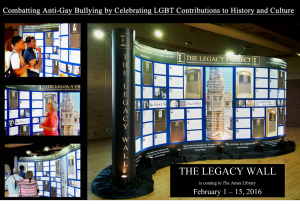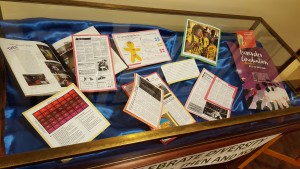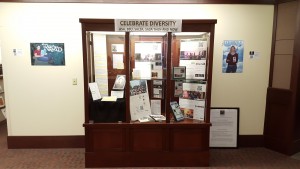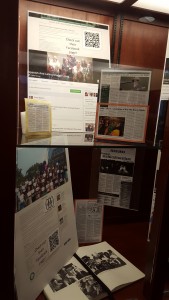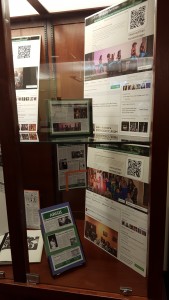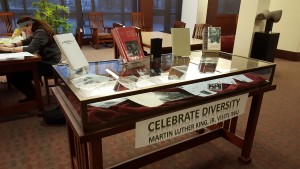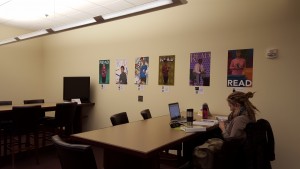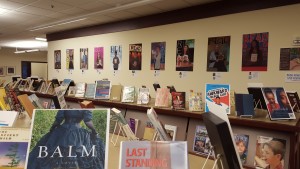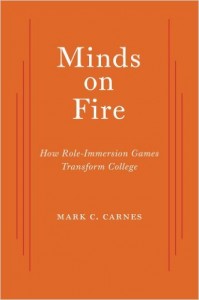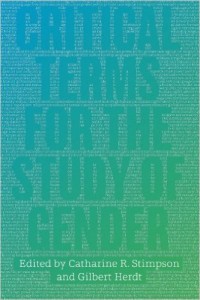This article orginally appeared on UMD Right Now:
UMD to help transform the future of digital scholarship and research on African American history and culture
A $1.25 million grant from the Andrew W. Mellon Foundation will fund research, education and training at the intersections of digital humanities and African American studies at the University of Maryland. The grant will help to prepare a diverse community of scholars and students whose work will both broaden the reach of the digital humanities in African American history and cultural studies and enrich humanities research with new methods, archives and tools.
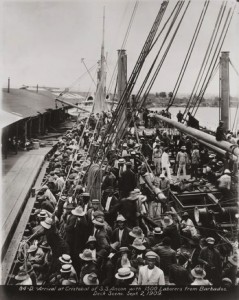 The grant, Synergies among Digital Humanities and African American History and Culture: An integrated research and training model, awarded to theCollege of Arts and Humanities (ARHU) and co-directed by the Arts and Humanities Center for Synergy (Center for Synergy) and theMaryland Institute for Technology in the Humanities (MITH), will support a faculty project director, postdoctoral fellows, graduate students and staff in ARHU and the University Libraries. It also includes money to run workshops, to deliver public programming, to digitize materials from significant archival collections, to support faculty research and to integrate digital work into a number of innovative undergraduate curricular initiatives including UMD’s First-Year Innovation & Research Experience (FIRE)program, a new initiative to expose first-year undergraduates to rich research experiences, mentorship and social activities that are known to impact academic success.
The grant, Synergies among Digital Humanities and African American History and Culture: An integrated research and training model, awarded to theCollege of Arts and Humanities (ARHU) and co-directed by the Arts and Humanities Center for Synergy (Center for Synergy) and theMaryland Institute for Technology in the Humanities (MITH), will support a faculty project director, postdoctoral fellows, graduate students and staff in ARHU and the University Libraries. It also includes money to run workshops, to deliver public programming, to digitize materials from significant archival collections, to support faculty research and to integrate digital work into a number of innovative undergraduate curricular initiatives including UMD’s First-Year Innovation & Research Experience (FIRE)program, a new initiative to expose first-year undergraduates to rich research experiences, mentorship and social activities that are known to impact academic success.
“UMD’s project enhances the role of digital tools in African American studies, as well as the contributions of the field to digital discourse while also making a commitment to widening the reach of the digital humanities both within academic communities and outside the walls of the university,” said Mariët Westermann, vice president of the Andrew W. Mellon Foundation.
The College of Arts and Humanities has made serious investments in digital humanities and African American culture and history, hiring faculty clusters in both digital humanities and African American literature and history, adding to the strong community of digital humanist and African Americanist scholars already spread across the campus’s many colleges.
“This venture could not be more timely or important,” said University of Maryland President Wallace D. Loh. “It builds on our vital strengths in the humanities, increasing access to important source material on race and culture in America, while creating a new generation of technology-savvy researchers.”
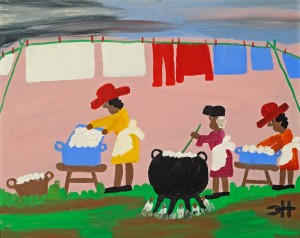 The thematic focus of the project, African American labor, migration and artistic expression, incorporates the broad intellectual interests shared by a large group of prominent scholars, students and staff on campus, and represents some of the campus’s greatest strengths. Specific research projects will be undertaken in collaboration with The Center for the History of the New America, which houses the Archive of Immigrant Voices; The David C. Driskell Center for the Study of Visual Art and Culture of African Americans and the African Diaspora with its collection of over 50,000 objects that chronicle the development and understanding of the study of African American visual culture; and the UMD libraries’ recently acquired George Meany Memorial AFL-CIO Archive, a preeminent research collection for the study of American labor history.
The thematic focus of the project, African American labor, migration and artistic expression, incorporates the broad intellectual interests shared by a large group of prominent scholars, students and staff on campus, and represents some of the campus’s greatest strengths. Specific research projects will be undertaken in collaboration with The Center for the History of the New America, which houses the Archive of Immigrant Voices; The David C. Driskell Center for the Study of Visual Art and Culture of African Americans and the African Diaspora with its collection of over 50,000 objects that chronicle the development and understanding of the study of African American visual culture; and the UMD libraries’ recently acquired George Meany Memorial AFL-CIO Archive, a preeminent research collection for the study of American labor history.
At UMD, digital humanities as a recognized field can be traced back to the founding of MITH in 1999, which has grown to international acclaim due to its transformational research at the intersection of technology and humanistic inquiry. The project will apply MITH’s innovative digital humanities incubator model to introduce scholars, students and cultural heritage professionals to new modes of research through a series of workshops, tutorials and detailed consultations. Strong in traditional arts and humanities fields as well, the university is also home to the Center for Synergy, the new humanities center at Maryland, which will provide an interdisciplinary bridge between departments and centers and facilitate the public facing events, curricular initiatives and websites connected with the project.
“This ambitious project enables scholars in the region to leverage the remarkable resources we have on campus,” said Bonnie Thornton Dill, professor ofWomen’s Studies, dean of the College of Arts and Humanities, and principal investigator of the Mellon grant. “To explore the histories of the African American population in the U.S., scholars will work with the rich and diverse data sets and archives found in these interdisciplinary centers.”
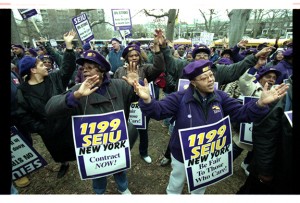 These resources together offer a new lens and framework for thinking and teaching about Black life in America, specifically investigating the way in which migration has shaped the history of Black people, as both forced and free laborers, and linking those experiences to visual and material culture.
These resources together offer a new lens and framework for thinking and teaching about Black life in America, specifically investigating the way in which migration has shaped the history of Black people, as both forced and free laborers, and linking those experiences to visual and material culture.
“Students and faculty researchers might investigate questions about labor activism among Caribbean Americans or explore visual representations of work as they examine the relationship of Black artists and the labor movement,” Ms. Thornton Dill said.
For more information, visit the College of Arts and Humanitieswebsite.

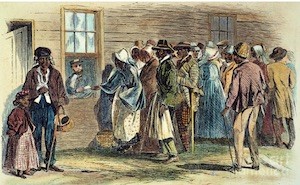 exing them to make them searchable online. Once indexed, it will be possible to find an ancestor by going to the site, entering a name and discovering a family member.
exing them to make them searchable online. Once indexed, it will be possible to find an ancestor by going to the site, entering a name and discovering a family member.